
A woman who lost her mother and sister to terminal brain tumours has told how her nephew has been diagnosed with one too - in one-in-a-billion odds.
Claire Cordiner, 54, saw her mother Margaret O’Kane, 66, and sister Angie Jones, 36, died just one year apart - between 2008 and 2009.
They had both been diagnosed with glioblastoma - a type of brain tumour with a survival rate of less than 10 per cent.
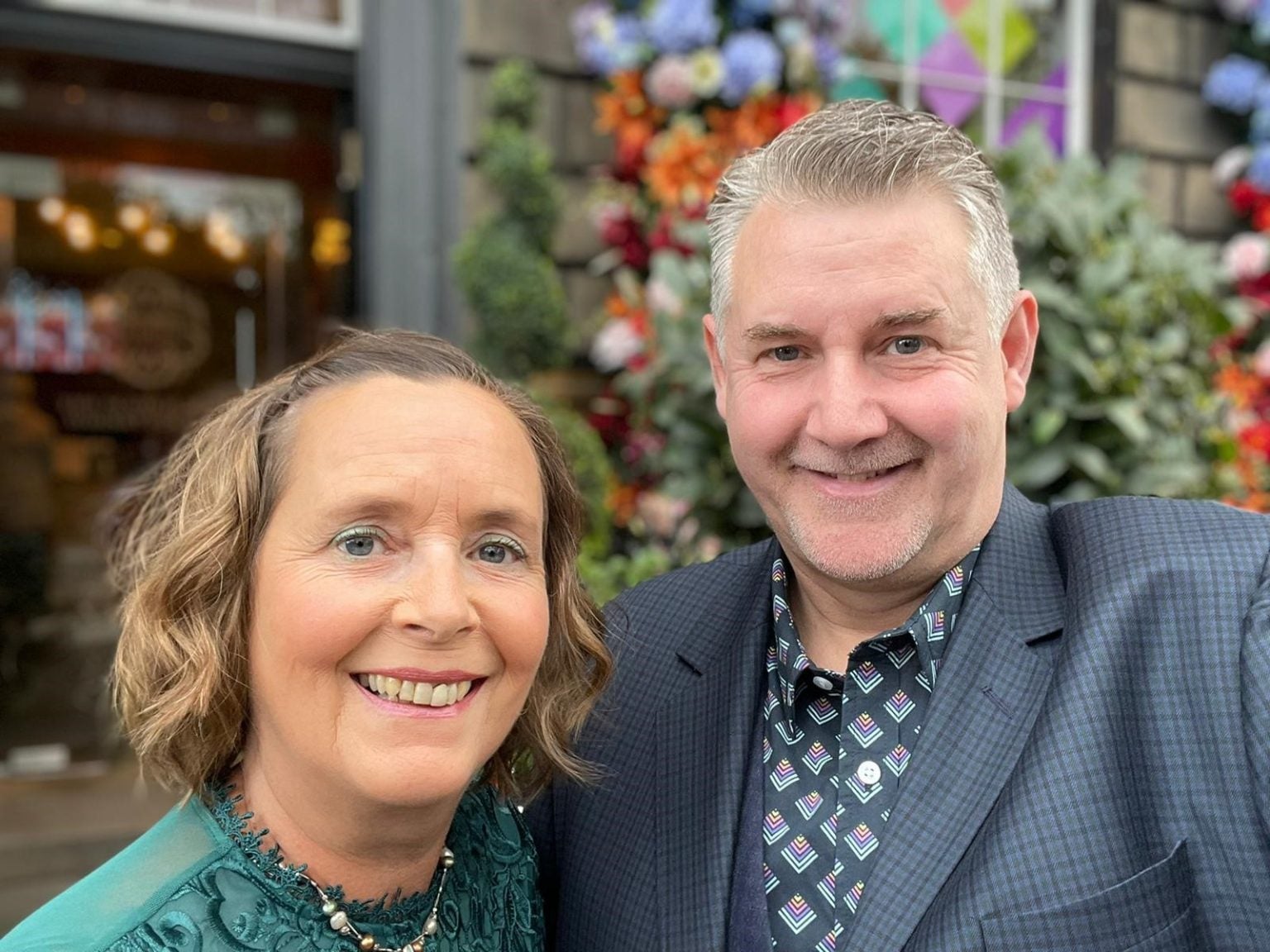
In June 2022, Claire’s nephew, Max, 18, was diagnosed with the same brain tumour after suffering sickness and leg pain.
After undergoing an operation to remove the tumour at the Queen Elizabeth University Hospital in Glasgow, Scotland, Max is now on end-of-life care at the Kilbryde Hospice.
Claire, a residential care officer from Edinburgh, Scotland, said: “Brain tumours have absolutely devastated our family.
“They are so unpredictable and can affect anyone at any age.
“I felt totally helpless not being able to do anything for mum and Angie, and I feel helpless now for my nephew, Max.”
In 2004, Claire’s sister Angie had started experiencing pains in her legs - as well as “jerking movements” in her arms.
She went to her GP, who then referred her to University Hospital Hairmyres, East Kilbride, Scotland, for an MRI scan.
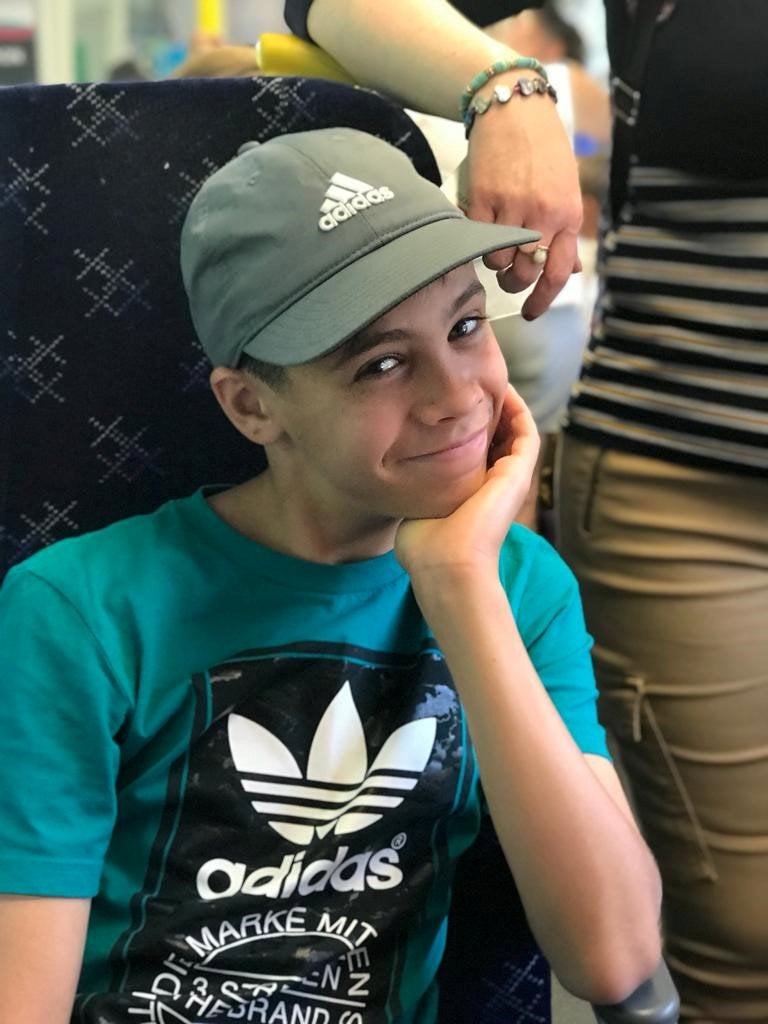
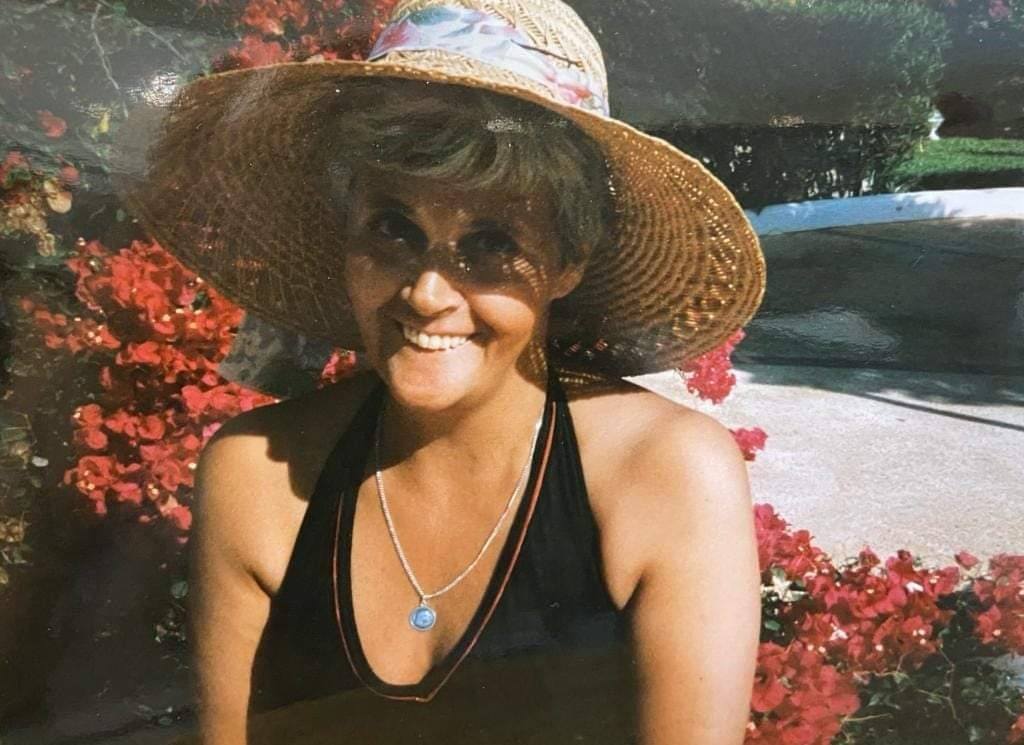
A tumour was discovered on her brain, and, after initially refusing treatment, she began a course of radiotherapy and chemotherapy.
Claire said: “I was really upset but Angie remained upbeat.
“She initially refused treatment because she was trying for a second child.
“But when she was unable to become pregnant, she began chemotherapy and radiotherapy at the Beatson West of Scotland Cancer Centre in Glasgow.”
After five years of treatment, Angie was told in November 2009 that “nothing more” could be done for her - and a month later, she died at home.
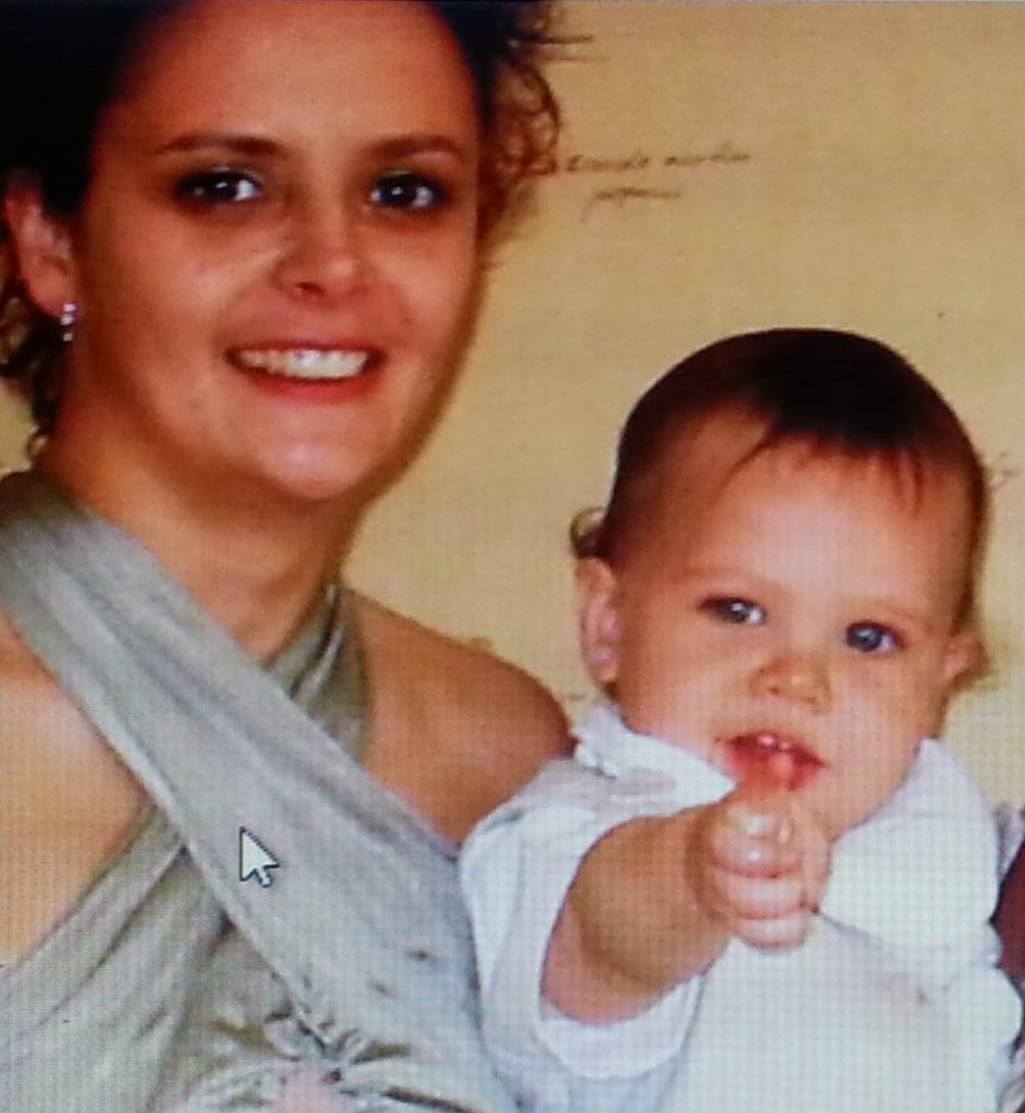
In November 2007, while Angie was undergoing treatment for her own brain tumour, her mother, Margaret, was also diagnosed with glioblastoma.
Thinking she’d suffered a mini-stroke due to speech problems, an MRI revealed she actually had two tumours on her brain.
Surgery to remove the tumour proved unsuccessful, and she was too ill to receive more than one week of radiotherapy.
She died in October 2008 - almost a year after her diagnosis.
Devastatingly, in June 2022, Claire’s nephew, Max, was told he has the same brain tumour.
After undergoing an operation to remove the tumour at the Queen Elizabeth University Hospital in Glasgow, Scotland, he is now on end-of-life care.
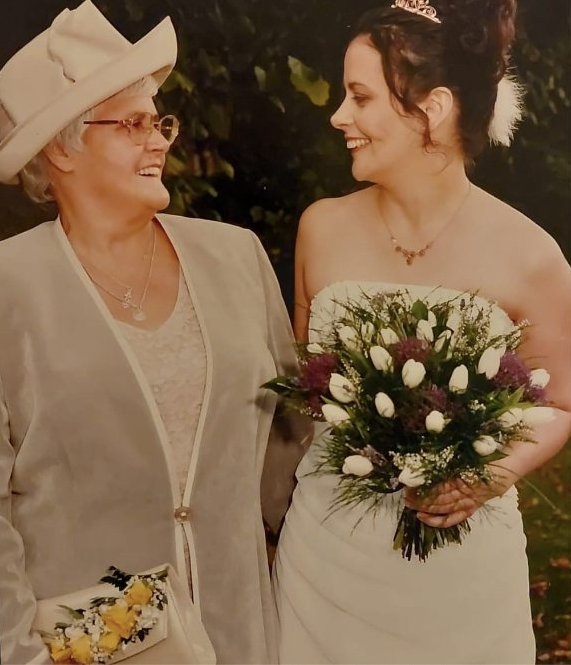
Claire said: “Max was a healthy young man so it was totally unexpected.
“He had five weeks of chemotherapy and radiotherapy which was quite intense.
“He was doing OK for a while but he ended up back in hospital in January 2023.
“Two more tumours were found, one on his brain and one on his spine, so the treatment obviously wasn’t working.”
Claire has been organising fundraisers for Brain Tumour Research since 2016, and has managed to raise £4,000 through sponsored activities like Wear A Hat Day - in which people post selfies wearing silly hats - and shaving her hair off.
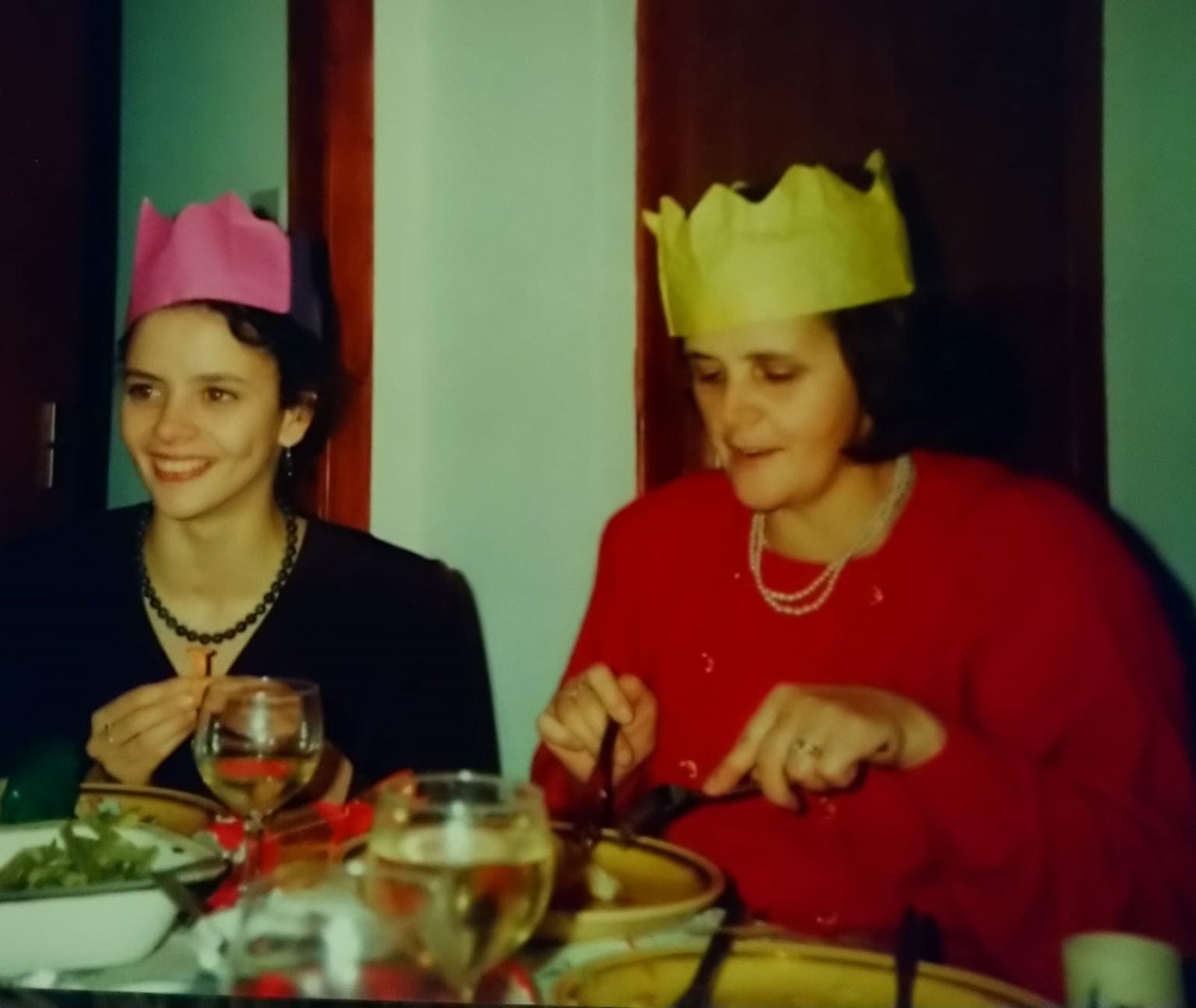
Dr. Karen Noble, Director of Research, Policy, and Innovation at Brain Tumour Research, said: “To have three generations of one family diagnosed with the same deadly brain tumour is extremely rare; less than a one in a billion chance.
“We occasionally hear of instances where siblings are diagnosed, but this is the first case of its kind we at the charity Brain Tumour Research have been made aware of.
“Currently there is little evidence these tumours are hereditary, but evidently more research is desperately needed.
“Claire’s story is devastating and defies belief. The pain that brain tumours have caused her family is unimaginable and we’re so grateful to Claire for sharing her story with us.
“Brain tumours kill more children and adults under the age of 40 than any other cancer yet, historically just 1 percent of the national spend on cancer research has been allocated to this devastating disease.
“It is only with the support of people like Claire, who is taking part in in Wear A Hat Day, that we’re able to progress our research into brain tumours and improve the outcome for patients like Margaret, Angie and Max who are forced to fight this awful disease.”







